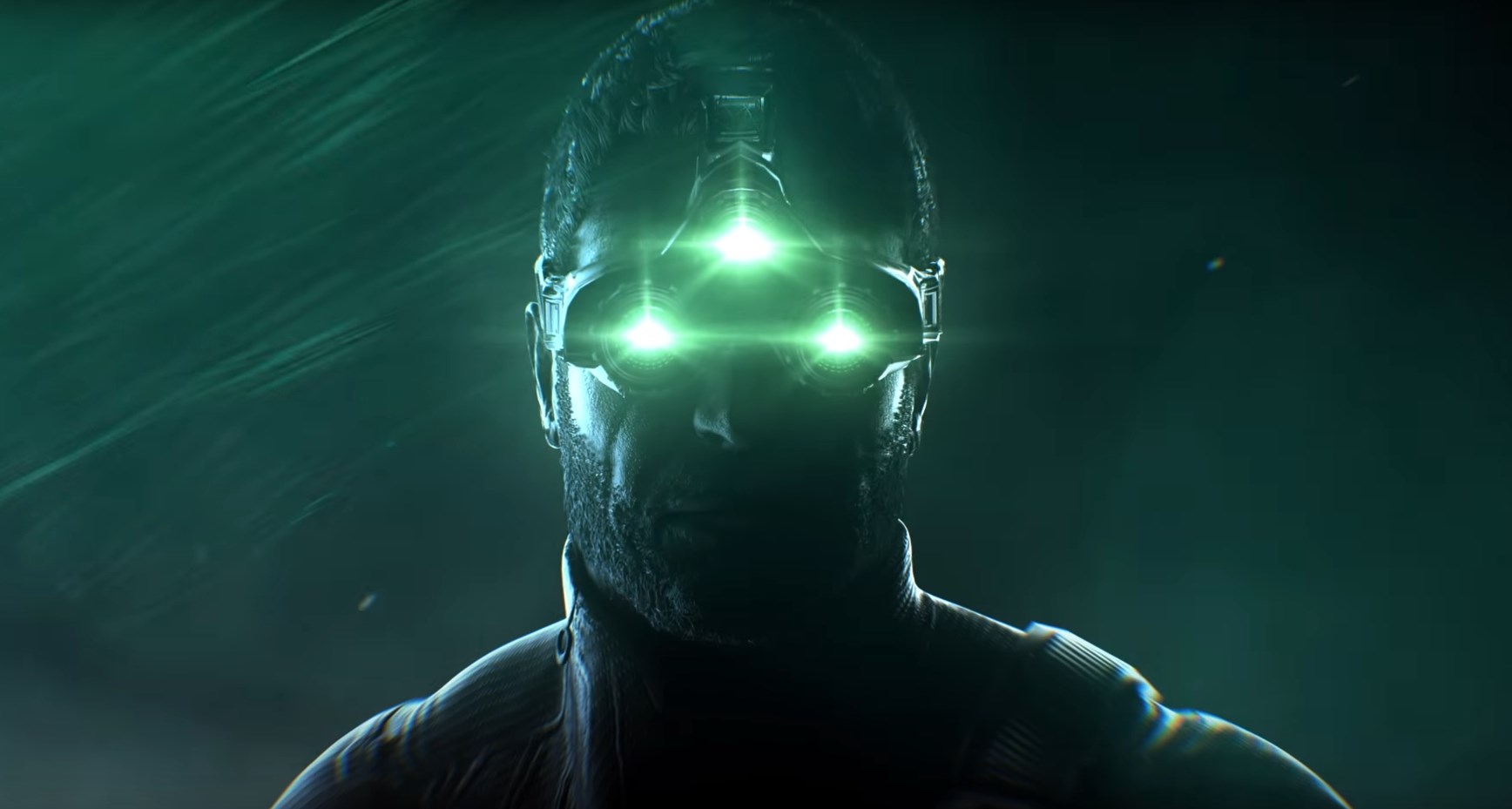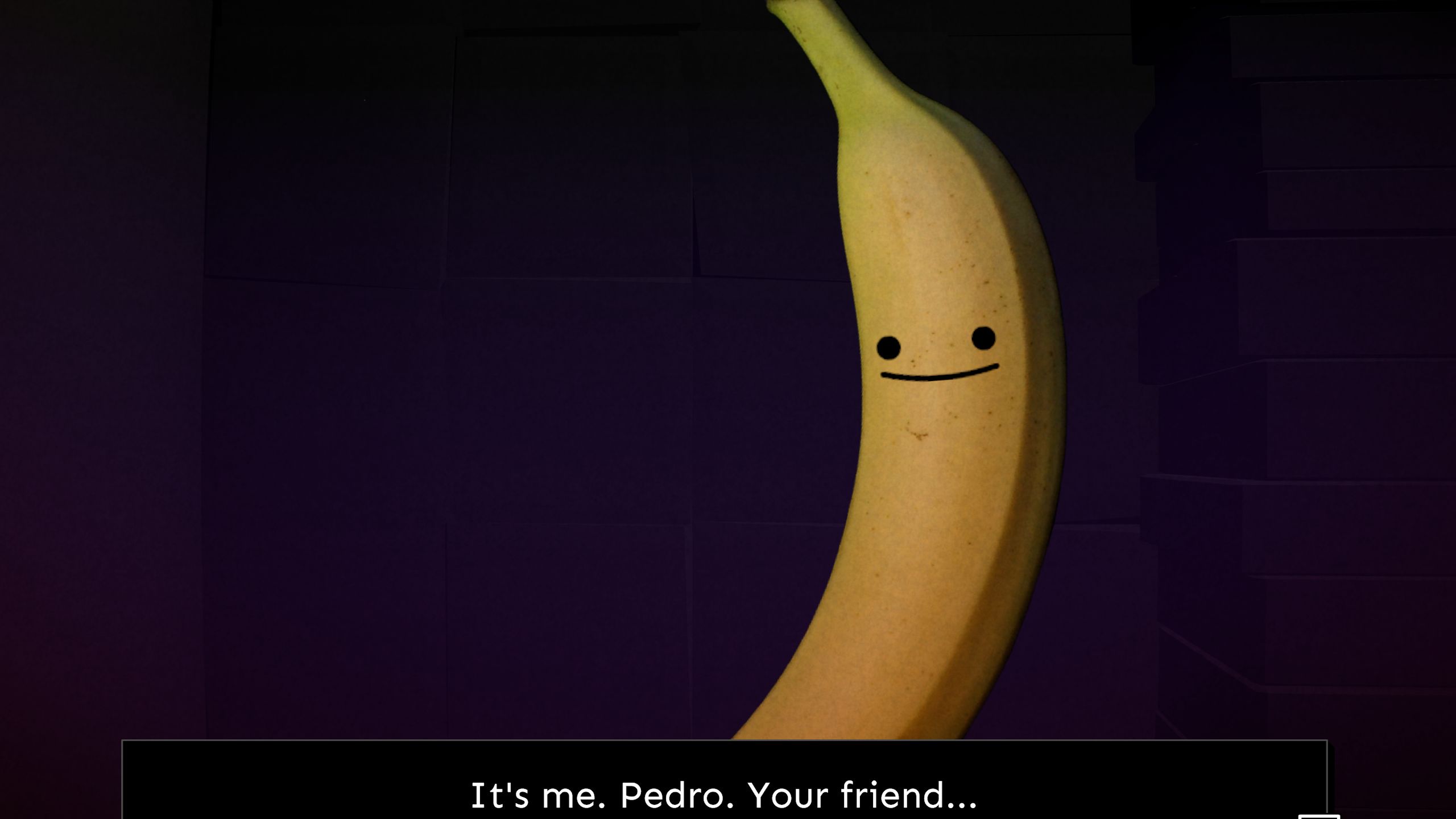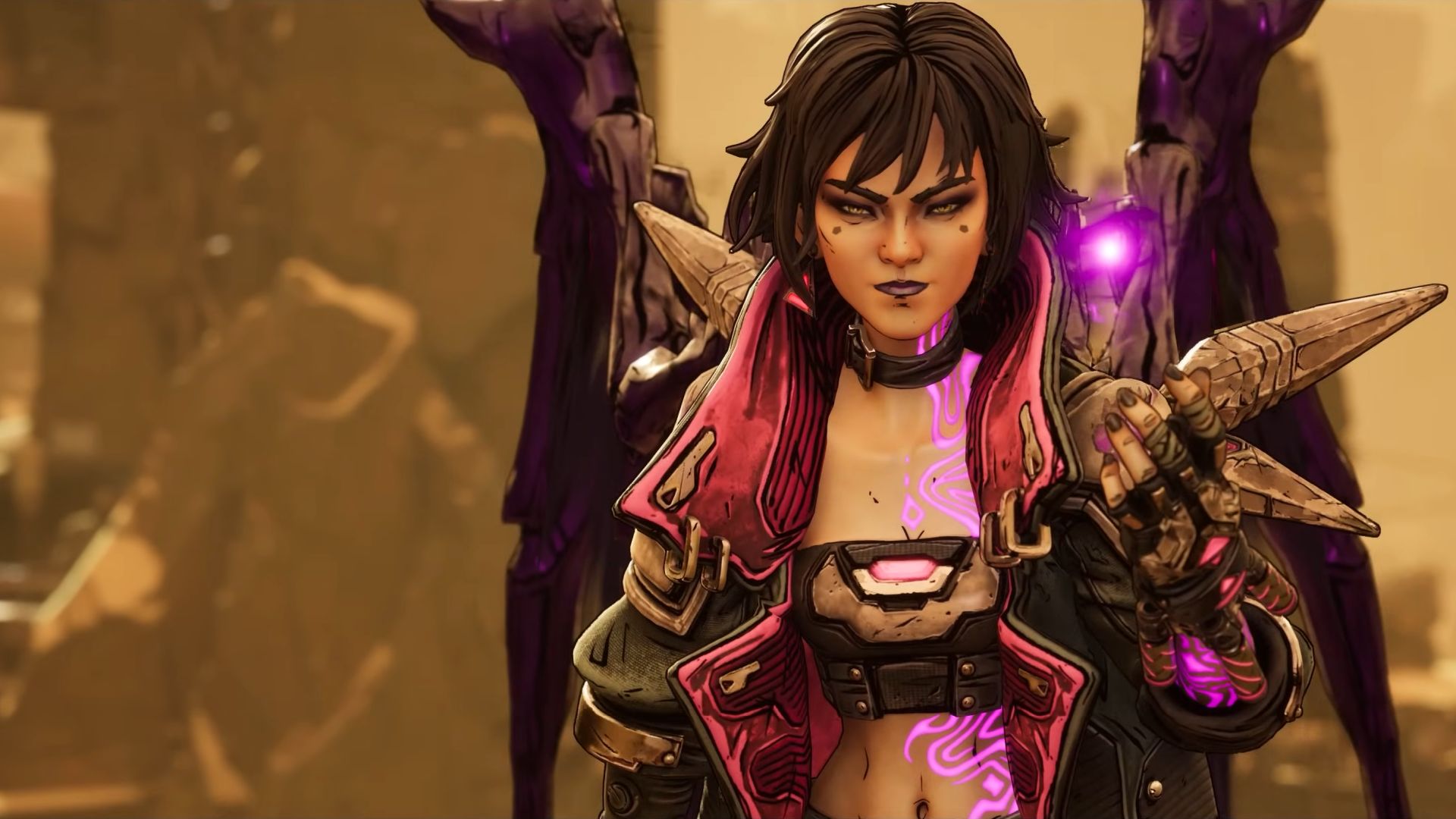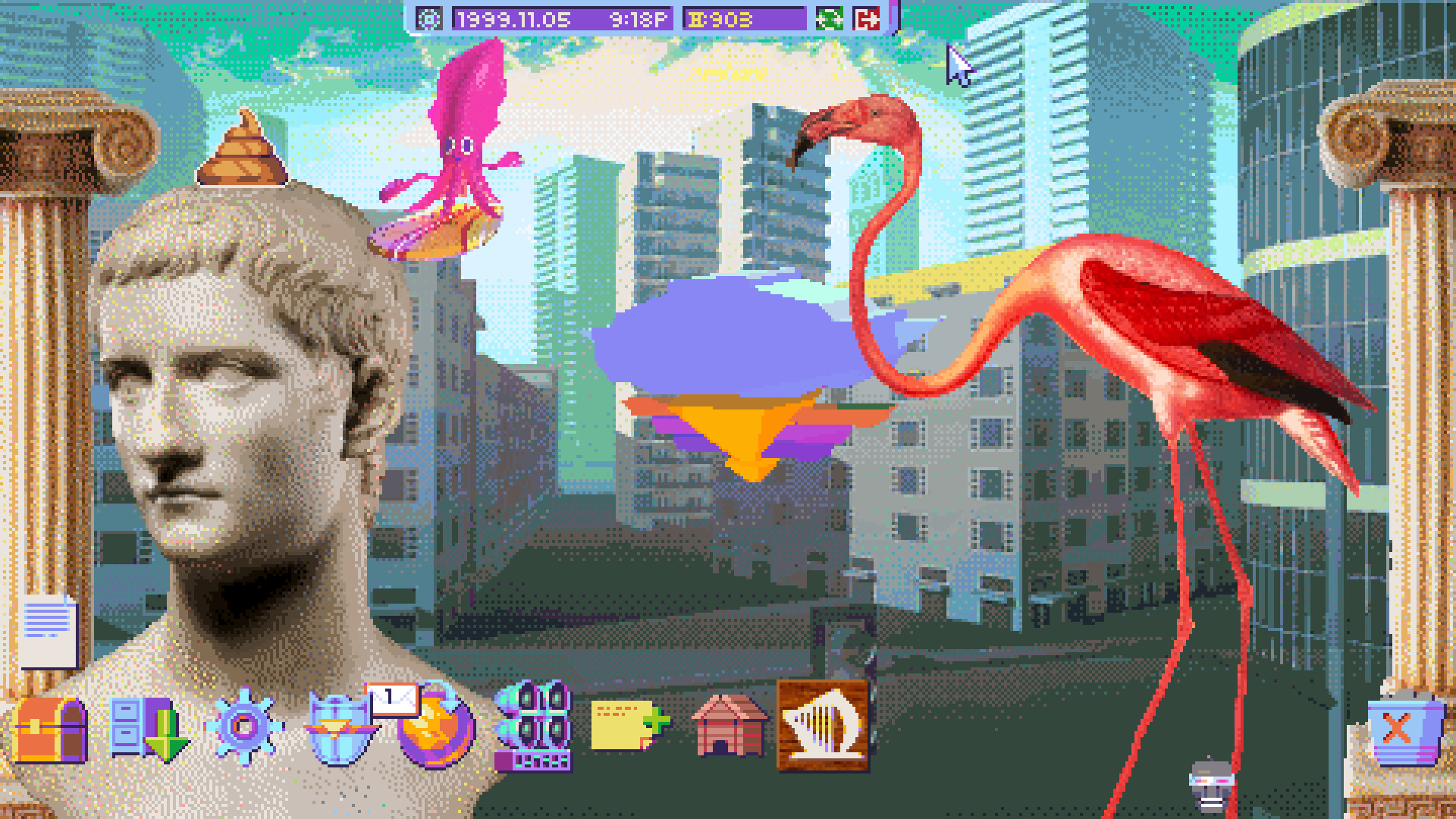
Changing genres and business models get in the way of seeing Sam Fisher again.
“Who turned out the lights?” In lieu of eye contact, the guard directs his fearful question to the dark. “Who else is in here? Is someone there?” The answer comes in the form of an ascending whine, the trademark tell of Sam Fisher’s night vision kicking in, and the muffled squelch of his silenced pistol. It’s a classic Splinter Cell scene, drawn from the newest entry to the series, Firewall. Which is not a game, but an eight-part radio drama you can find on the BBC Sounds app.
It’s a faithful conversion to a new medium. Expect mention of tri-focal goggles, and a commendable recreation of Michael Ironside’s low drawl from Andonis Anthony—an actor familiar to BBC Radio 4 listeners from The Archers, the UK’s weekly dose of agricultural soap opera and countryside mooing for the middle aged.
“With access to all the sound effects from the game we were able to bed the drama into the world of the game,” writer Sebastian Baczkiewicz told the BBC. And show fans that we’re not leaving the game behind. Instead we’re slap bang in the middle of the action.”
The radio drama is an unexpected and welcome surprise. But it’s also baffling that the adaptation “no-one actually thought was possible” has come to pass while its parent series enters its tenth year in mothballs. With Splinter Cell Remake a distant question mark, Firewall’s existence begs the question: why has Ubisoft had so much trouble reviving its classic games in the medium where they first succeeded?
As Ubisoft focused on new fronts, a decade’s worth of sand passed through the hourglass
It’s unlikely you ever heard of Ubisoft before its sudden early noughties spurt of creative and commercial achievement. Off the back of the internet boom and a colourfully animated platformer named Rayman, the French company bought Red Storm in 2000, and with it the Tom Clancy license that allowed access to the US market. Ubi leveraged Red Storm’s experience with Ghost Recon and Rainbow Six on PC to bring multiplayer shooting to the Xbox, and expanded the Clancyverse with Splinter Cell, taking advantage of the fact that there was no Metal Gear on Microsoft’s consoles.
Another canny acquisition, of The Learning Company’s entertainment division, landed Prince of Persia in Ubisoft’s lap. With the help of original creator Jordan Mechner, the publisher resurrected the series—instantly establishing a new reputation for rollicking action-adventure, historical storytelling, and exquisitely animated jungle gym acrobatics. A few years later came Assassin’s Creed and Far Cry 2 (the latter Ubi’s first ever open world) and those two games established a paradigm which was taught to the publisher’s developers all over the world. Look in any direction across the current AAA landscape and you’ll see the consequences of that decision.
Faltering convictions
Yet the worlds and characters established during Ubisoft’s rise have languished, much to the dismay of the players who first made the publisher rich. Though Splinter Cell: Conviction established the cover stealth system that Watch Dogs and The Division have leaned on ever since, Sam Fisher’s story fizzled out just one entry later. Assassin’s Creed, meanwhile, cannibalized so many of Prince of Persia’s parts that the latter struggled to justify its existence, eventually crumbling into dust. As Ubisoft focused on new fronts, a decade’s worth of sand passed through the hourglass, and these once-proud franchises became tough reboot problems to solve; shapes that no longer fit into a modern publisher’s business model.
Unlike Rainbow Six, Splinter Cell has no comparably rich competitive history to parlay into multiplayer and esports success. Nor does its tradition of intimate light-and-dark stealth scenarios lend itself particularly naturally to open world play; any attempt at the latter would immediately be jostling for space and identity with the recent Ghost Recon games, which are already dangerously similar to Far Cry.
(Image credit: Ubisoft)
Prince of Persia presents a similar challenge to Splinter Cell, in that it’s rooted in taut single-player stories which don’t offer the retention AAA publishers prefer from their money-sinks in 2022. But it also has a problem all of its own, in that Sands of Time is a story concerning Indians and Persians first conceived by Canadians and Americans. “We were focused at the time on the myth,” creative director Patrice Désilets told me last year. “It was a fantasy game. It’s One Thousand and One Nights. It is not about the historical time period whatsoever.”
Ubisoft headed off potential representation issues by handing development of Prince of Persia: Sands of Time Remake to its studios in Pune and Mumbai—the first time a Ubisoft game has been led by teams in India. But the game has been delayed twice since its announcement in 2020, and ownership of the project transferred to Montréal. This year, Sands of Time Remake was delisted by retailers as Ubi admitted it was “no longer targeting a FY23 release”.
Even if that troubled game does wind up on shelves, Ubisoft has no plans to remake any other Prince of Persia game. Splinter Cell Remake, on the other hand, is intended as “a solid base for the future”. But it remains to be seen whether either series will have a place in Ubi’s catalogue once the current fashion for slapping ‘Remake’ in a title is over.
Beyond bad
Who is Ubisoft remaking its classics for, and why? Are they meant to be one-off nostalgia hits, or the first building blocks for its next annualised franchise?
Of course, there’s a piratical, spacefaring, anthropomorphic elephant in the room. One I’ve avoided mentioned up till now, such is its powerfully miserable energy: Beyond Good and Evil 2. Just as Ubisoft Montréal was establishing its reputation for top-drawer action-adventure, its sister studio in Montpellier was building equally acclaimed but rather more indulgent (and frankly, French) games under the direction of Rayman creator Michel Ancel. Beyond Good and Evil was the crowning jewel: a freewheeling fantasy take on 9/11 and free speech that lived somewhere between Mario Sunshine and a Lucasarts adventure game.
Beyond Good and Evil 2’s production struggles have been well documented—not the least of which was Ancel himself, who left Ubisoft two years ago under the cloud of alleged toxic behaviour. But its fundamental problem appears to be a design mismatch. The original Beyond Good and Evil concerned a handful of characters and recurring spaces: a small Mediterranean town backed by a Ghibli-esque lake; a bar that exclusively played Bulgarian rap; the Mammago garage, run by rhinoceri in Jamaican dress.
Yes, it was science fiction—but nothing about its very particular and heavily curated world suggested it could translate to interplanetary scale exploration, character creation, or co-op. The pitch Montpellier has made to the public might suit an audience reared on the perpetually updated likes of No Man’s Sky and Elite: Dangerous, but it’s also alienating to the fans who loved Jade and Pey’j in the first place.
Who is Ubisoft remaking its classics for, and why? Are they meant to be one-off nostalgia hits, or the first building blocks for its next annualised franchise? These are the searching questions the publisher ought to answer before firing yet more millions down the drain. In the meantime, we have to rely on the likes of Splinter Cell: Firewall to keep the memories alive.



